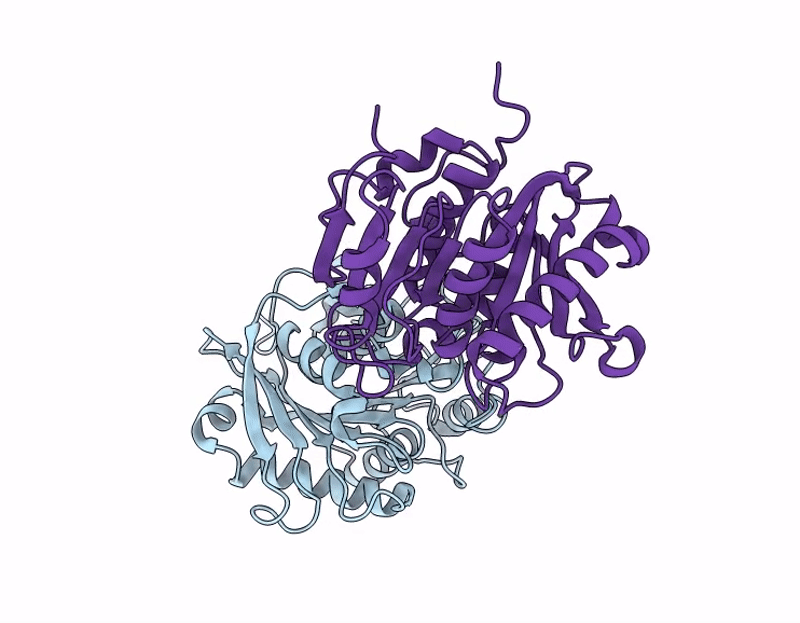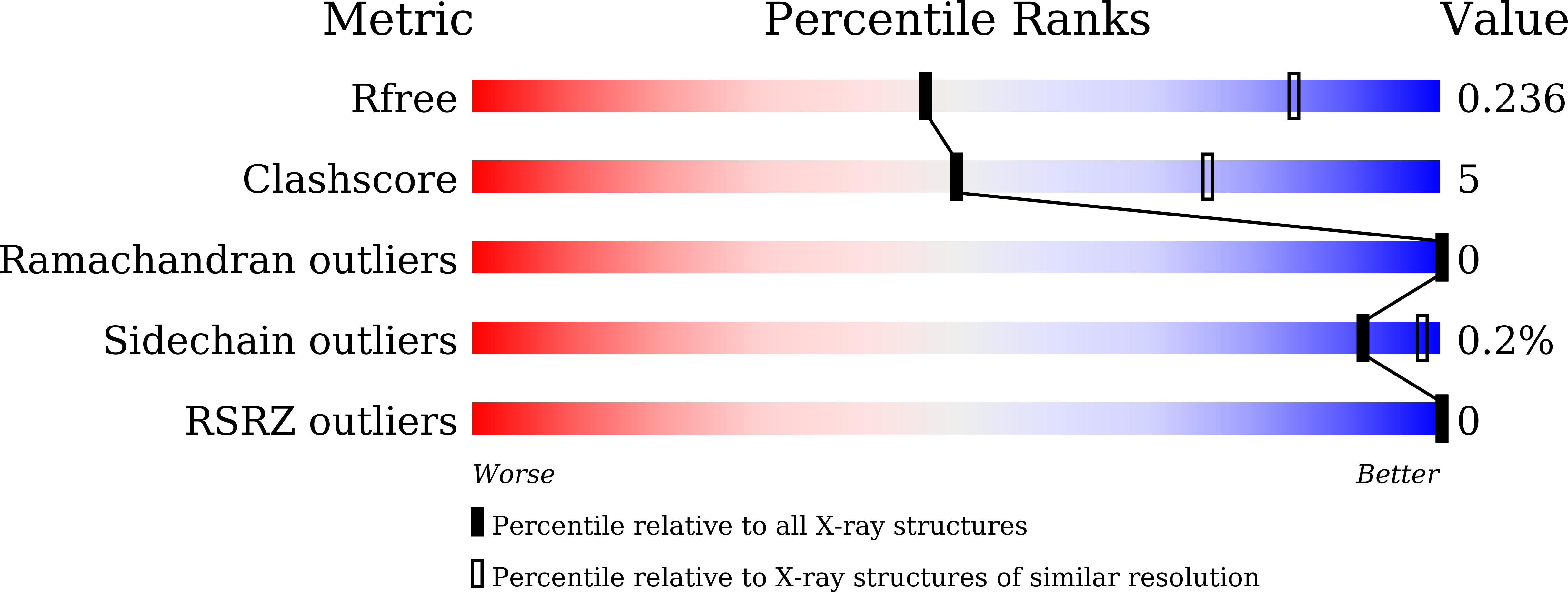
Deposition Date
2024-11-14
Release Date
2025-10-01
Last Version Date
2025-10-01
Entry Detail
PDB ID:
9KL9
Keywords:
Title:
crystal structure of a mutant Poly(Ethylene terephthalate) hydrolase
Biological Source:
Source Organism:
bacterium HR29 (Taxon ID: 2035424)
Host Organism:
Method Details:
Experimental Method:
Resolution:
2.90 Å
R-Value Free:
0.23
R-Value Work:
0.19
R-Value Observed:
0.19
Space Group:
P 1


